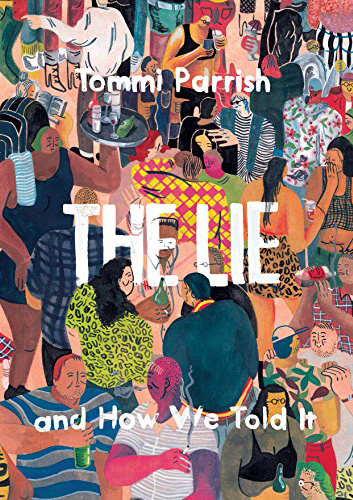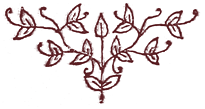

Cleary and Tim are high school friends who haven’t seen each other in years when they accidentally run into each other and spend a night wandering through the city, drinking and chatting.
They used to be extremely close (“That friendship was my whole world once”) and their encounter illuminates the ways in which they have changed since high school - and those in which they’ve stayed exactly the same. It also illuminates the things they had in common at the time but didn’t discuss - namely, bisexuality.
Cleary talks about the “lonely and confusing” time when she had to get drunk to hook up with girls and felt the need to hide any public affection she couldn’t pass off as a show for boys. After she accuses Tim of being unable to understand her feelings because he’s a “fucking straight dude”, he reveals that he regularly sleeps with men.
While Cleary seems to have resolved her internalised biphobia, it’s still a very much a present tense issue for Tim - he feels the need to downplay his encounters with men and assert his masculinity (“I’m always the top anyway”) and in a tender moment of realisation about their shared past (“I just wish we could have talked about this at the time you know,” says Cleary. “I mean shit ~ it must have been lonely”), instead of letting himself be vulnerable and reconnect with his old friend, Tim runs away.
It’s painful and real and Parrish manages to capture different experiences of internalised biphobia with nuance and care. Their characters are the hated bisexual stereotypes - they’re confused, they’re looking for attention, they’re closeted and they’ve mistreated their same sex partners. But Parrish also subtly depicts the emotional turmoil that has pushed them to act that way and grants them endless compassion. The reader doesn’t have to judge them - they judge themselves, they judge each other, they try to cope and be better.
There’s also a story within a story, a comic zine that Cleary finds and reads about a bisexual stripper whose dalliance with a wealthy client leaves her feeling dissatisfied and embarrassed (“I had been eavesdropping on a type of life I had never wanted for myself.”)
Year of publication:
2018
Country of publication:
USA
Page count:
123
Would I recommend this book?
Yes!
If Tim is an exploration of masculinity, this section explores the performativity and expectations of gender from a female perspective. With literal performativity and dressing up sex work is the perfect vessel for that, as well as for class dynamics and questions of authenticity and happiness.
This short work covers a lot of ground in terms of themes and social issues, but they are both subtle and convincing because the characters - and their relationships - always come first.
The art is just as masterful as the dialogue. The bodies are malleable and expressive, and they shift in service of the characters’ actions and feelings: body parts change size or become transparent outlines, and within the flow of the story that makes perfect sense. It almost felt to me like bodies don’t really represent bodies, they represent people - their movement and personality and emotional states, a beautiful and fascinating effect. The bodies are also barely gendred, adding to the bisexual sensibility of the graphic novel.
There are visible sketch lines and colours spilling over the edges of panels which subtly adds a feeling of authenticity to the art.
The Lie And How We Told It is exceptional both from the artistic and the bisexual perspective. Highly recommended.

Note: I’m classifying this under USA because that’s where it was published and that’s where the author lives but they’re originally from Australia. They lived in Canada at the time of publication and the location in which the graphic novel takes place is ambiguous.
